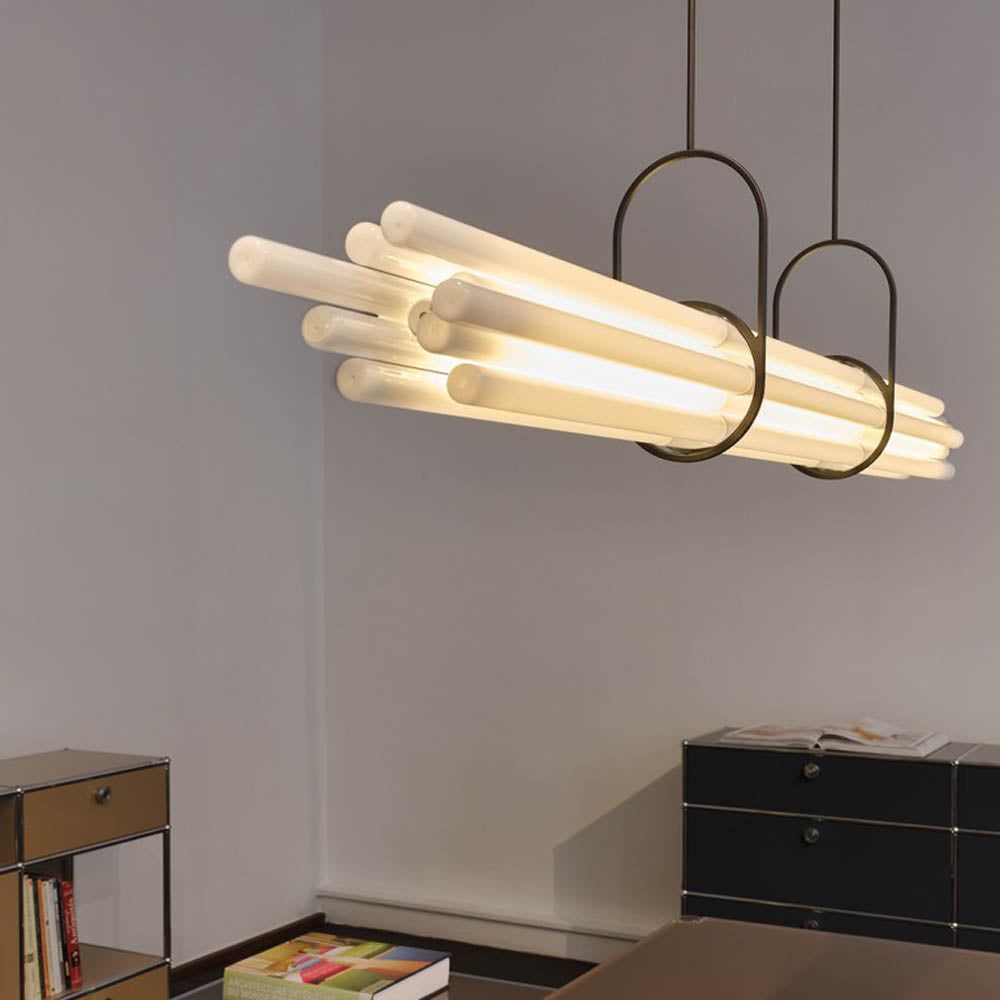
Lamp designing is a creative process that involves conceptualizing, designing, and creating different types of lighting fixtures. From traditional table lamps to modern floor lamps and pendant lights, lamp designers work with a variety of materials, such as glass, metal, ceramic, and fabric, to bring their designs to life. The design process often starts with an idea or inspiration, which is then sketched, prototyped, and refined through multiple iterations. Factors such as functionality, aesthetics, and ergonomics are carefully considered during the design process to ensure that the final product not only looks beautiful but also serves its purpose effectively. Lamp designers also need to stay updated on the latest trends in lighting technology and incorporate energy-efficient and sustainable practices into their designs. Ultimately, lamp designing is a blend of art, engineering, and craftsmanship that requires skill, creativity, and precision to create innovative and stylish lighting solutions for homes, offices, and commercial spaces.
Lamp design is an art form that requires creativity, innovation, and attention to detail. Designing a lamp involves considering factors such as aesthetics, functionality, and environmental impact. From choosing the right materials to crafting the perfect shape and form, every aspect of lamp design plays a crucial role in creating a unique and visually appealing product.
One important aspect of lamp design is the choice of materials. Designers must consider factors such as durability, sustainability, and aesthetic appeal when selecting materials for their lamps. From sleek and modern metal finishes to warm and natural wood tones, the materials used in lamp design can greatly impact the overall look and feel of the final product. By carefully selecting materials that complement the design vision, designers can create lamps that are not only beautiful but also functional and sustainable.
Another key aspect of lamp design is the shape and form of the lamp itself. Designers must consider factors such as ergonomics, lighting effectiveness, and visual balance when creating the shape and form of a lamp. By experimenting with different shapes, sizes, and proportions, designers can create lamps that are not only visually striking but also practical and comfortable to use. Shape and form are essential elements in lamp design, as they can greatly impact the way light is distributed and how the lamp fits into its surrounding environment.
In conclusion, lamp design is a complex and multifaceted art form that requires a combination of creativity, skill, and technical expertise. By carefully considering factors such as materials, shape, and form, designers can create lamps that are both visually appealing and functional. From sleek and modern designs to warm and rustic styles, lamp design offers endless possibilities for creative expression. By continuously pushing the boundaries of design innovation and exploring new ideas and techniques, designers can continue to create unique and inspiring lamps that enhance both form and function.
 Decoration Ideas
Decoration Ideas










